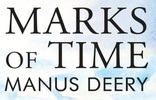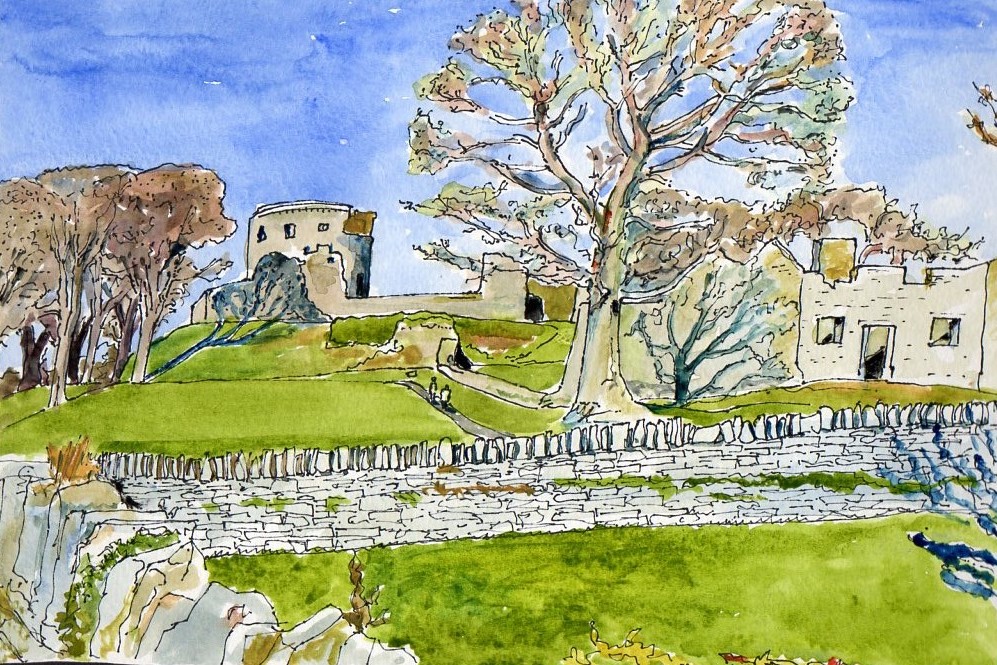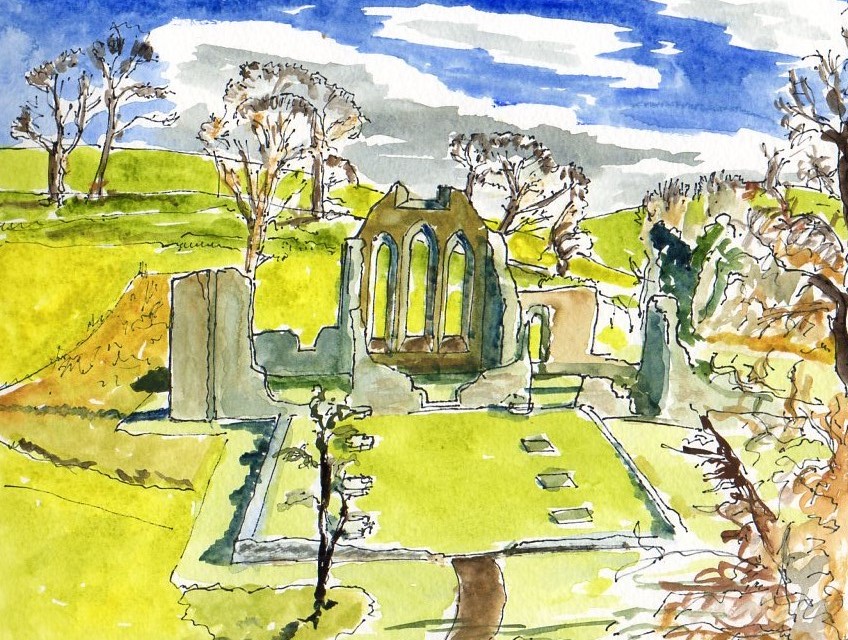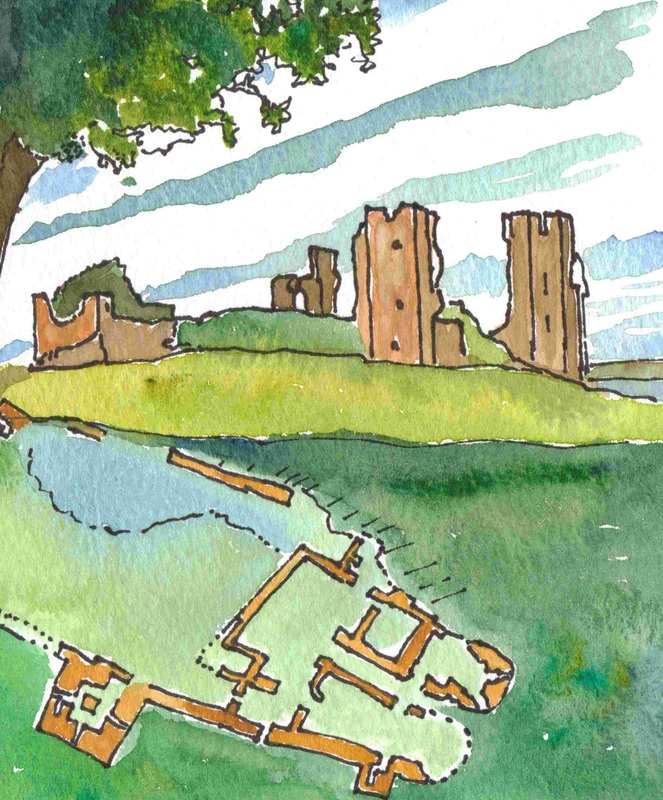The Normans
|
The organisation of Gaelic Ireland into kingdoms and sub kingdoms with competing claimants to the title of High King lasted, in varying forms throughout the first millennium and early medieval period.
This was dealt a major blow by the coming of the Anglo-Normans to Ireland in 1169. Just over 100 years after their conquest of England, they arrived in Leinster from Wales to support a king to regain his lands and quickly conquered great swathes of the island. John de Courcy marched north from Dublin in 1177 and conquered Downpatrick and the east coast of Ulster. He established his main forts at Dundrum and Carrickfergus but territory was quickly taken across much of the eastern and northern part of the region. Norman areas were reorganised as 'manors' and the feudal system introduced. These were defended by timber castles built on top of motte's (mostly artificial mounds). At Clough, illustrated here, timber was replaced by a stone fort at an early stage. At Greyabbey and Inch Abbey in Co Down, new monastic complexes were constructed in the continental style. Across their area, the size of churches became noticeably larger. By 1305 Richard de Burgo the 'Earl of Ulster' was extending the system to the Foyle Valley in the west, establishing the 'Manor of the Roo' near Limavady and building the stone castle of Northburg at Greencastle across the river in modern Co Donegal. This is thought to be based upon Caernarfon in Wales and relied upon high curtain walls for defence. It had a lower ward and higher inner ward which included a timber ‘great hall’. At Dundrum, and Carrickfergus, stone towers or 'keeps' were built inside the curtain walls. Dundrum's is circular and also thought to be based upon Welsh precedent's (Pembroke). That at Carrick is rectangular and was to become the more imitated form in later years. In 1315 this period of expansion came to an end as Edward the Bruce, brother of the King of Scotland, invaded, joined forces with the Gaelic forces of O'Neill of Tyrone, and in a four year campaign, which included him being declared King of Ireland, laid waste to much of the island. Though Bruce was killed in 1318, Anglo-Norman control, in liege to the King of England, never fully recovered and within a short number of years was mainly confined to the east coast. |
|
Dundrum Castle, Co. Down
Clough Castle, Co. Down
Inch Abbey, a Cistercian monastery near Downpatrick, Co Down.
Northburg Castle, Greencastle , Co Donegal
|





